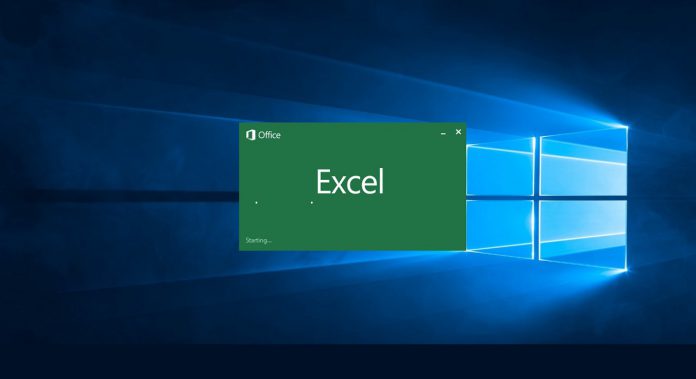Excel users can use the feature to capture a photo of a data table, whether it is printed or hand-drawn. Using AI technology, Excel works with the device camera to turn the image into a spreadsheet. Once loaded into Microsoft Excel, the spreadsheet can be edited, shared, and analyzed as normal. One of the obvious positives of Insert Data from Picture is users don’t need to manually enter data into a spreadsheet file. “Using the Excel app, you can take a picture of a printed data table on your Android device and automatically convert the picture into a fully editable table in the appl. This new image recognition functionality eliminates the need for you to manually enter hardcopy data.”
As mentioned, Insert Data from Picture is making its debut on the Excel app for Android. Microsoft says it will arrive on iOS soon.
Other AI Tools
At Ignite, Microsoft also detailed the following AI tools for Excel: “Ideas: Ideas is an AI-powered insights service that helps people take advantage of the full power of Office. Proactively surfacing suggestions that are tailored to the task at hand, Ideas helps users create professional documents, presentations, and spreadsheets in less time. In Excel, for instance, Ideas helps identify trends, patterns, and outliers in a data set—helping customers analyze and understand their data in seconds. Data Types: Excel can recognize real-world concepts, starting with Stocks and Geography. This new AI-powered capability turns a single, flat piece of text into an interactive entity containing layers of rich information. For instance, by converting a list of countries in a workbook to “Geography” entities, customers can weave location data into an analysis of their own data. Dynamic Arrays: With dynamic arrays, we continue to invest in making advanced formulas easier to use. Using dynamic arrays, any formula that returns an array of values will seamlessly “spill” into neighboring unoccupied cells, making it as easy to get an array of values returned as it is to work on a single cell. You can immediately harness the power of dynamic arrays by using one of the new FILTER, UNIQUE, SORT, SORTBY, SEQUENCE, SINGLE, and RANDARRAY functions to build spreadsheets that would previously have been nearly impossible.”




